Best Trees for Small Gardens
- Joe Perkins

- Jun 6, 2020
- 3 min read
Updated: Jul 31

Questions you need to ask.

There are so many lovely trees for the smaller garden it makes it hard to choose. When I’m selecting one for a design project I start by focussing on what the tree is for and what the existing conditions are like. So for example, is autumn colour important, or year round screening, or wildlife, or fine leaves which only cast a light shade? Does it need to tolerate poor soil, pollution or wind? The obvious question – how much space is available for the tree to grow without becoming a nuisance or out of scale with it’s surroundings?
Many times I’ve been to visit a prospective client and been confronted by an enormous weeping willow for instance; beautiful, but overpowering. Ditto any number of larger conifers (let’s not mention Leylandii…) and even silver birch. I’ve planted a fair few myself – Betula utilis var. Jacquemontii – they are firm favourites with many people; but they are what is termed a ‘medium’ tree. That means they get upwards of 12 metres in height and can spread 4-8 metres wide.So, trees for small gardens – I try to select species and varieties which are either slow growing, small, or both.
Amelanchier lamarkii (Snowy Mespilus)
Amelanchier lamarckii or Snowy Mespilus gets to something around 8 metres tall, spreading 4 metres or so. One of the key characteristics of this plant is that it casts a very light shade due to its leaf structure, so won’t completely block light from a small space. Spring blossom and autumn colour make this tree a well-known favourite among gardeners everywhere.
Parrotia persica
Parrotia persica, the Persian Ironwood, makes a beautiful multi stemmed tree and, according to the RHS will attain 4-8 metres with an equal spread, but it is slow-growing and can be pruned to shape so the width can be controlled easily.
It’s tolerant of most except very heavy soils. Early spring is the time to see it’s small red, witchazel-like flowers on the bare stems and in summer the canopy is formed from lush green leaves with a wavy margin. Brilliant autumn colour is the main talking point of this wonderful tree.
Crab Apple

There are many flowering crab apples which make excellent wildlife trees for small gardens. Malustoringo is a small Japanese crab with a semi-weeping habit, white flowers and small red or yellow fruit. It copes well with heavy soil.
Malus trilobata from the eastern Mediterranean has an upright habit, 6 metres tall after 25 years but with a spread of only 2.5-3 metres. White flowers and maple-shaped leaves turning deep red in autumn make this a tree I’d certainly recommend for restricted spaces.
Acers
No account of small trees would be complete without mentioning the Acers. We all know the Japanese Maples (Acer palmatum), but the Amur maple, or Acer ginnala, a medium tree 7-10m tall is one of the best for autumn colour and is also quick to come into leaf in the spring.
Acer buergerianum , the Trident maple, is another very pretty medium tree to around 10m, hardier than A. ginnala (will tolerate -25 celsius), with flaking brown/orange bark and variable but striking autumn colour. Although a bit larger than the Japanese maples, these two are slow growing and should take around 20 years to reach full size.
Prunus x subhirtilla ‘Autumnalis Rosea’

My favourite cherry has to be the winter flowering Prunus x subhirtilla ‘Autumnalis Rosea’. It has small pink flowers opening intermittently from November to April and it’s a valuable asset to cheer you up on a dull winter’s day. Only about 5 metres tall with a 4 metre spread, it will fit comfortably into some of the smallest spaces.
There are many other trees of course, too many to name here. The magnolias (Magnolia x loebneri ‘Merrill’ is a lovely form), the smaller weeping pears, some of the Sorbus or mountain ash varieties, I could go on. The most important thing is to choose a tree that will remind you what you chose it for, and that will reward you in years to come. Trees after all, are an investment in time and in the future!
This article can also be read on the House Beautiful website here
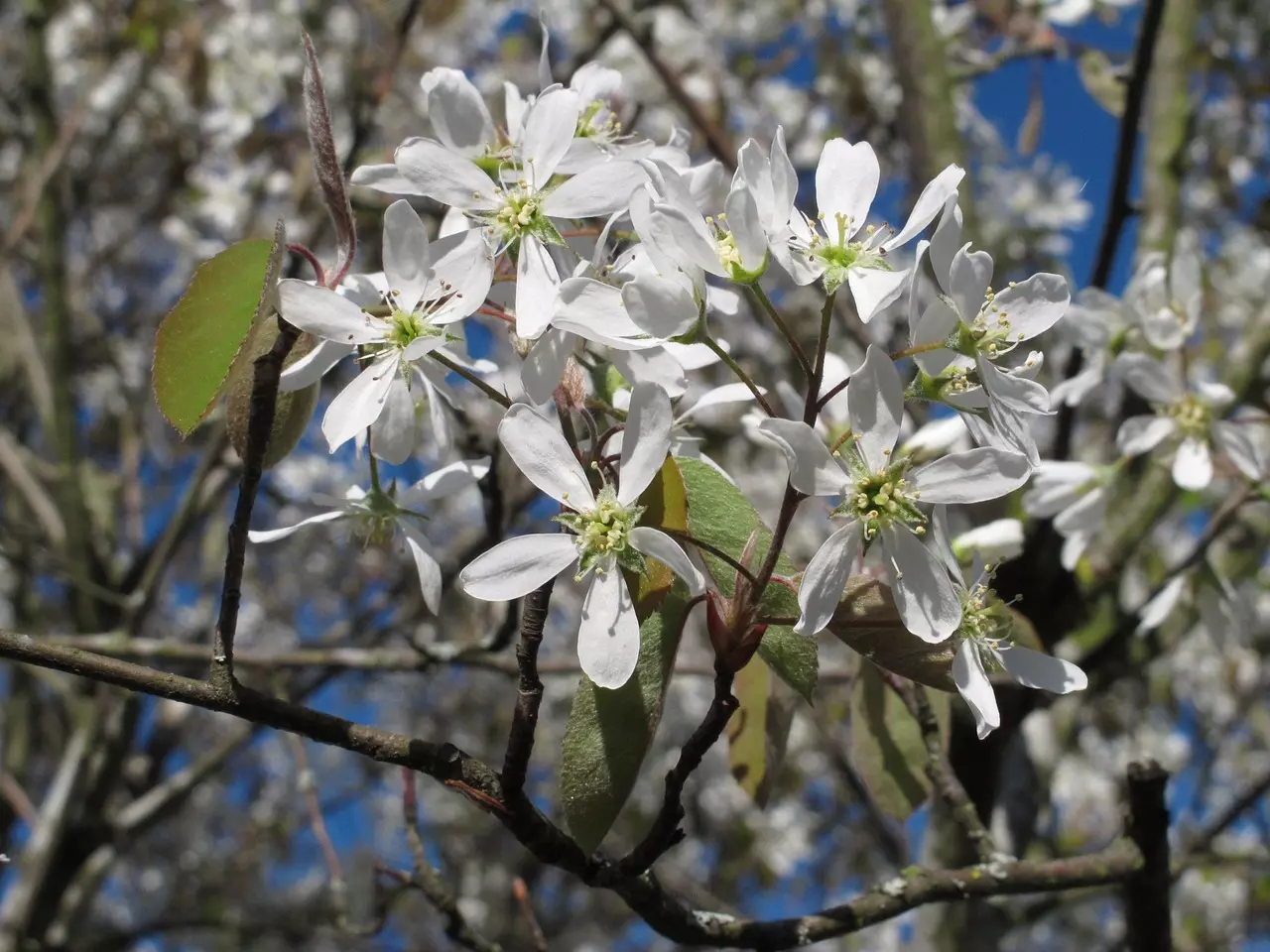
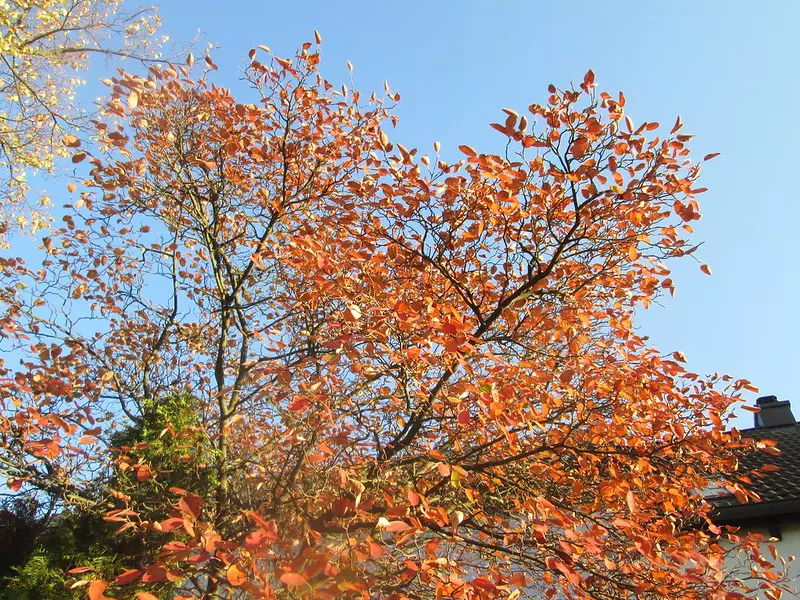
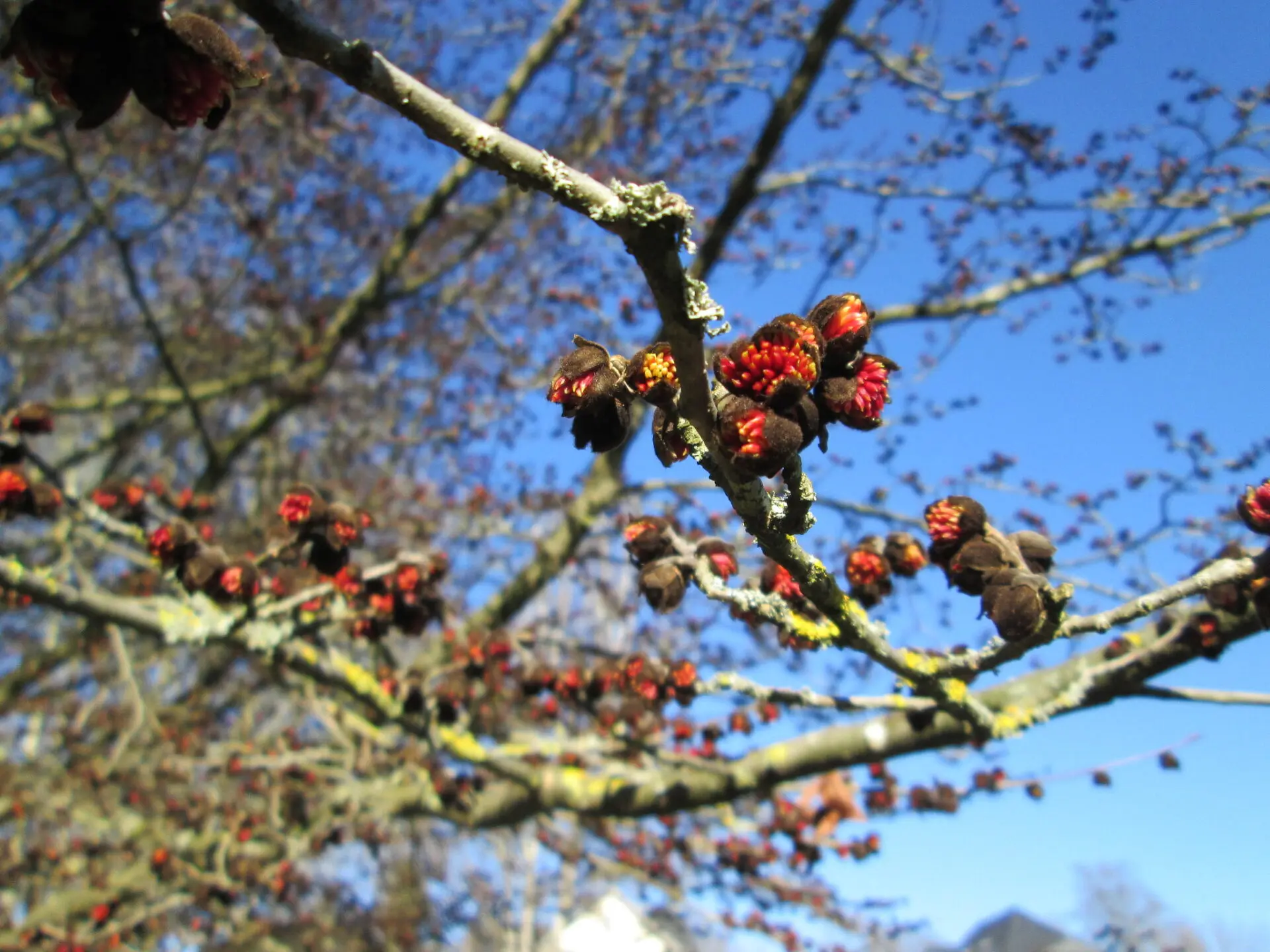
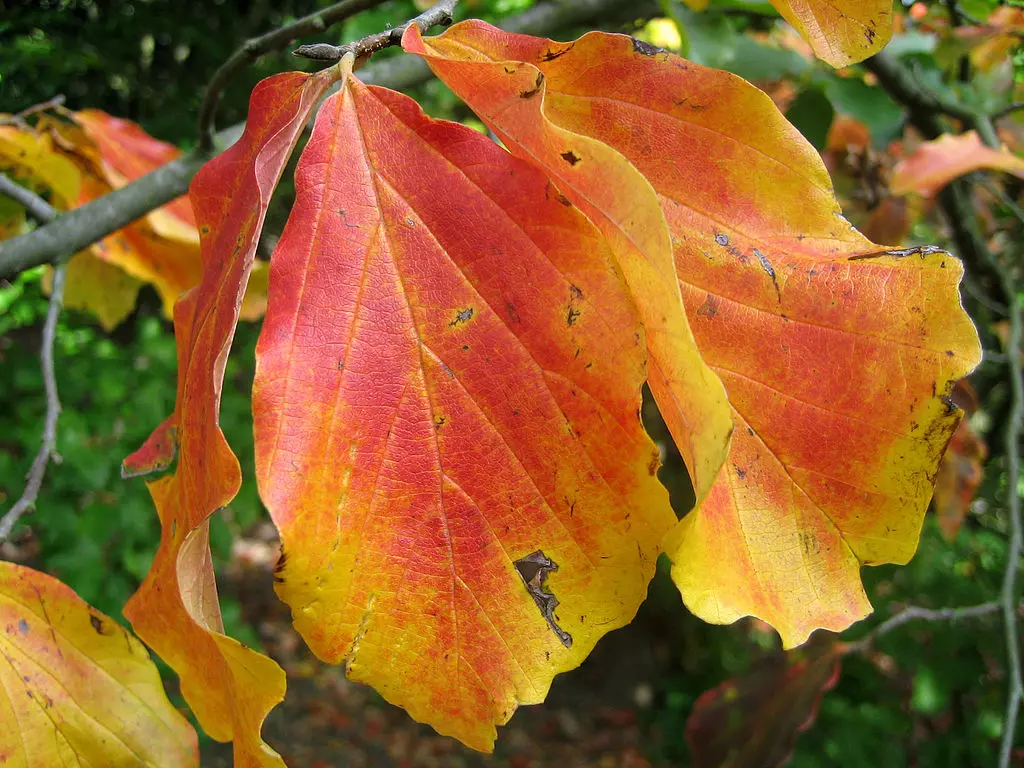
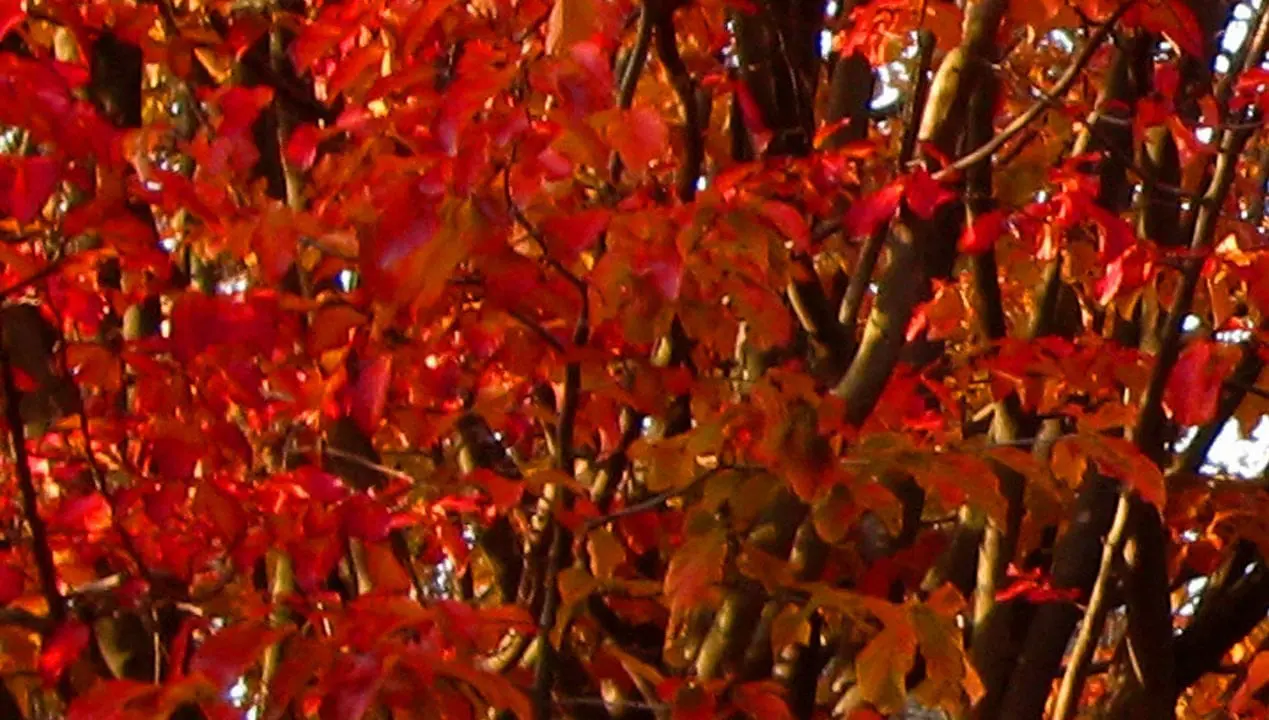

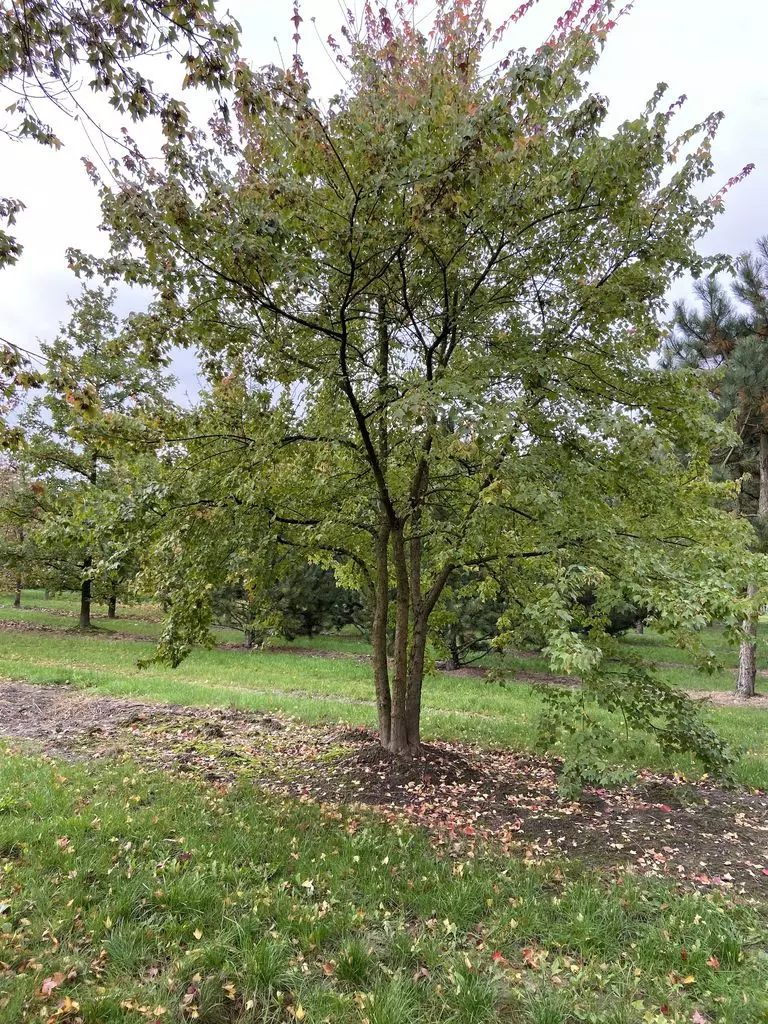


Comments